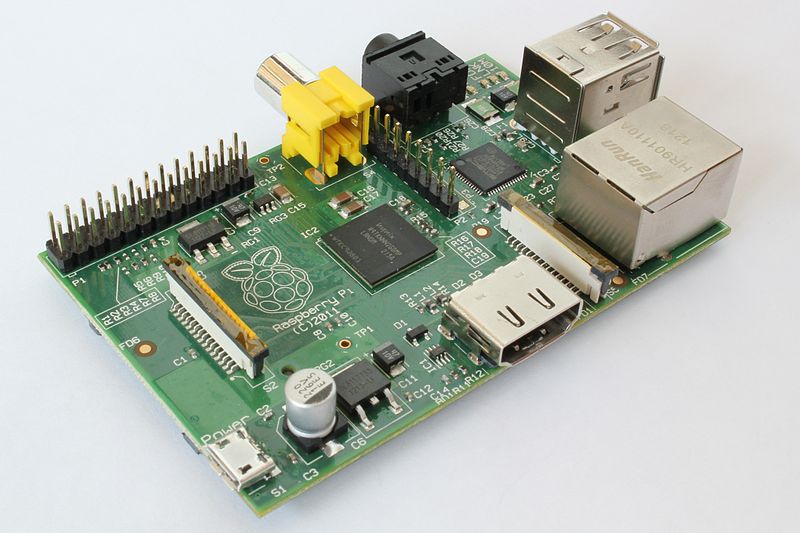I caved last week, and FINALLY became a member of the Tumblr community. Wait, is Tumblr considered so yesterday?

Anyways, while perusing Tumblr, I came across a community called Studyblr. I was fascinated by the aesthetics of each photo that I saw while scrolling: beautiful stationary lined up neatly, planners, stacks of books, an organized desk, laptops, beautifully written study notes, and perfect natural lighting.
Studyblrs are blogs meant to encourage others to develop healthy study habits, promote organizational skills, and even encourage tracking your daily water intake.Yeah, it definitely caught my attention. Did I just stumble upon the holy grail of organization!?
I found myself asking how was I organizing and balancing my stressed out life and wishing my desk at home was neat like the photos I saw on Tumblr. Why couldn’t there be more natural lighting in my room? Why –?
Wait.
These are the moments in which we need to catch ourselves and break from social media. I was beginning to compare myself to people I’ve never met before. I was assuming that they have it all together. For all I know, these bloggers might not even be as organized as they seem.
There’s a big debate in the community as to whether or not Studyblrs are helpful or harmful to ones mental health. Some stating the unrealistic study habits and pressure that’s attached to it. After watching a variety of Youtubers and reading blogs on the Studyblr community I was able to develop my own opinion about the whole debate:
1) Studyblr photos are beautiful to me! I’m a huge fan of stationary, contrasting colors, and well organized books.
2) They have some amazing tips! But I’m here to keep it real with you. Their study tips are not for everyone, and that’s okay. Everyone learns differently. Rewriting notes in different colors might not be your thing. I had one professor in college introduce me to Gardner’s Multiple Intelligences, and encouraged me to create art in class while she lectured. She knew I had my own style of learning. Read more about Gardner here.
3) You don’t have to do everything a blogger is doing. Be you. That means embracing your uniqueness and doing what’s best for you. Pick and choose what works.
4) Stop comparing yourself to everyone on social media. Be who you are in this very moment. We’re all on a different path in life. Inspired by something or someone? That’s great, but remember learning any new skill takes time.
5) Comparing yourself to others creates unhappiness, which can lead to stress, and can manifest itself into physical ailments.
Interested in Studyblr?
-Here’s a link to a free planner
-Tutorial on how to setup a bullet journal
Check out the Studyblr community on Tumblr and Youtube. Leave your thoughts about the Studyblr, your own personal study habits, or share a moment you fell down the social media rabbit hole.
-Sarah

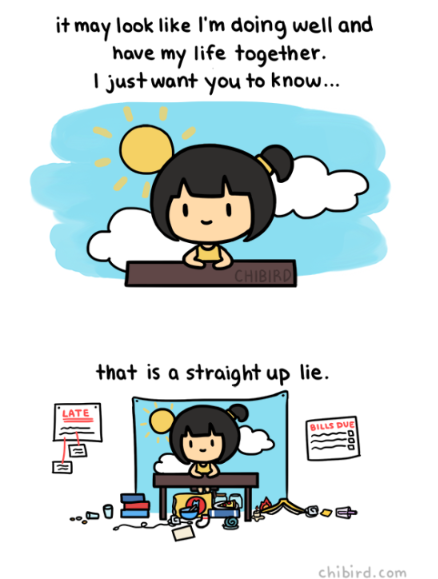



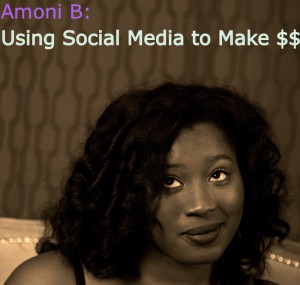
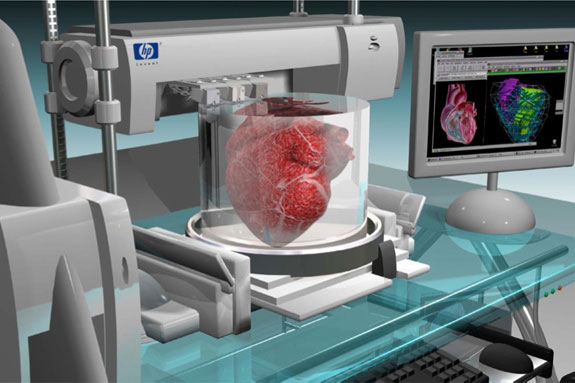
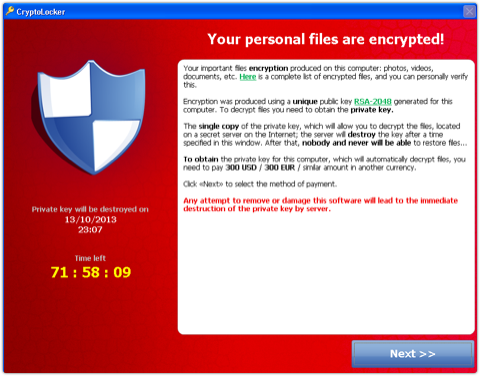 A few months ago, I got an annoying piece of code on my laptop known as the FBI Moneypak virus. It locked down my laptop screen and demanded a ransom for me to have it unlocked – right in the middle of midterm week. Thankfully the virus was easy to remove and I was able to boot my laptop in safe mode before running anti-virus software to remove it. Different variants of the Moneypak virus began popping up over the internet, each strain slightly different and more difficult to remove until two months ago when an infinitely more dangerous began to appear. The Moneypak virus scares victims into thinking their computer will be permanently locked, covering their screen with a digital ransom note that cannot be removed until a victim pays up. Even if you don’t pay the money, or if you remove the virus, your files are (usually) safe. CryptoLocker however is the complete opposite.
A few months ago, I got an annoying piece of code on my laptop known as the FBI Moneypak virus. It locked down my laptop screen and demanded a ransom for me to have it unlocked – right in the middle of midterm week. Thankfully the virus was easy to remove and I was able to boot my laptop in safe mode before running anti-virus software to remove it. Different variants of the Moneypak virus began popping up over the internet, each strain slightly different and more difficult to remove until two months ago when an infinitely more dangerous began to appear. The Moneypak virus scares victims into thinking their computer will be permanently locked, covering their screen with a digital ransom note that cannot be removed until a victim pays up. Even if you don’t pay the money, or if you remove the virus, your files are (usually) safe. CryptoLocker however is the complete opposite.